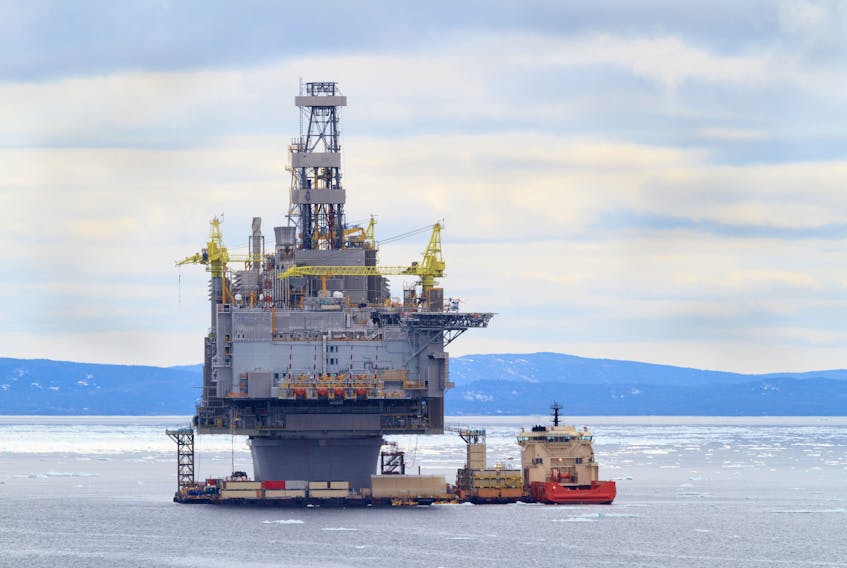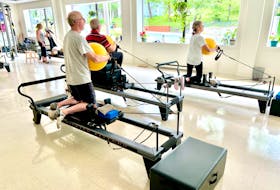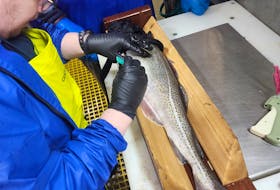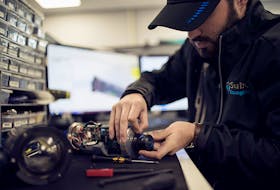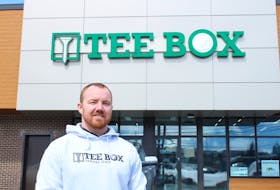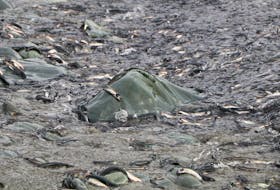They’re building a virtual sandbox — an online meeting place to test operating systems and scenarios in oil and gas and other ocean industries.
An $18-million Digital Offshore Canada (DOC) project announced today, Dec. 18, is being led by Petroleum Research Newfoundland and Labrador (PRNL), in collaboration with Memorial University.
The PRNL and and its partners, Chevron Canada, Equinor, Suncor, Exxon Mobil and Husky Energy, will contribute half of the cost while Canada’s Ocean Super Cluster (OSC) will provide the other $9 million.
This new digital system will allow engineers to create digital "twins" — 3-D models of operating systems to test new components as well as solutions to real-time problems.
According to a news release from the OSC, a digital twin is "a virtual replica of a real-world asset or process that can enhance safety, reduce operating costs, increase production and reduce carbon emissions through production optimization."
It's not only oil and gas industry engineers who will get to play in this virtual sandbox.
David Finn, chief executive officer for PRNL, said the digital project will also be open to engineers and researchers in other ocean industries, and will encourage collaboration and sharing ideas on the DOC platform.
Finn said the platform will allow the testing of complex systems, as well as the design of new products and systems, using 3-D modelling of actual systems.
“Digital twins are one of the most potent digital technologies to make operations safer, more productive and more efficient. We think the Digital Offshore Canada project is going to be a major springboard for their development and use in our offshore,” he said in a news release.
Basically, the engineers will be able to solve problems on a 3-D virtual model before implementing the solution on the actual system.
Lesley James, associate professor in the faculty of engineering and applied science at Memorial University, added, “DOC is a fantastic opportunity to digitally transform our offshore. Collaboration and digitalization are two key criteria to revolutionize our oceans and economy (and) collaboration across business sectors, industries, and academia will ensure that we’re developing today and tomorrow’s talent.”
The DOC project will be developed in phases. According to OSC, it will create 30 new jobs.
Finn also noted during today’s news conference that the PRNL is seeking ideas for research and development projects and scientific activities that would reduce emissions in the offshore oil industry.
The PRNL issued a call for proposals on Dec. 15 and the deadline to submit is Jan. 29, 2021. Selected projects would eligible for funding through the Emissions Reduction Fund of Natural Resources Canada, which is being managed by the PRNL.
PRNL will consider proposals for demonstration and front-end engineering and design (FEED) activities (to a maximum of $5 million per eligible project) as well as research and development (R&D) and related science activities (to a maximum of $2 million for eligible activities).
Innovations can come from any companies around the world, but the projects must be undertaken in Canada, with technology that is tested, piloted and demonstrated within Newfoundland and Labrador’s offshore oil industry.
More details about the program, eligibility criteria and application documents can be found at http://petroleumresearch.ca/.
“There are many innovative companies and organizations in Canada. We invite them to review the eligibility criteria and if they feel the application of their ideas will result in reducing GHG emissions, we’re interested in hearing from them,” said Finn.
To see the video of today's announcement, visit:
https://www.youtube.com/watch?v=LCa6_Nf9sMg&feature=youtu.be

